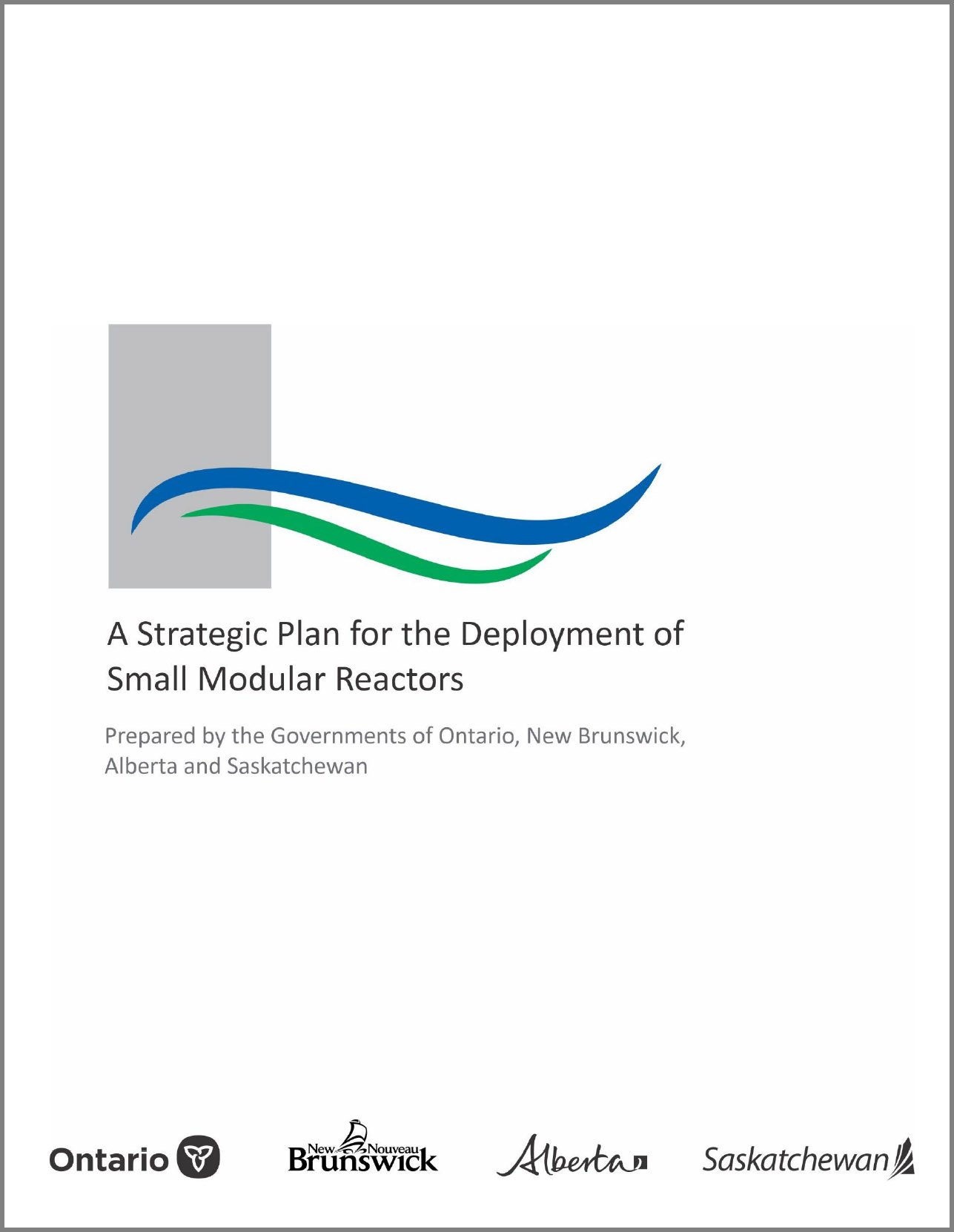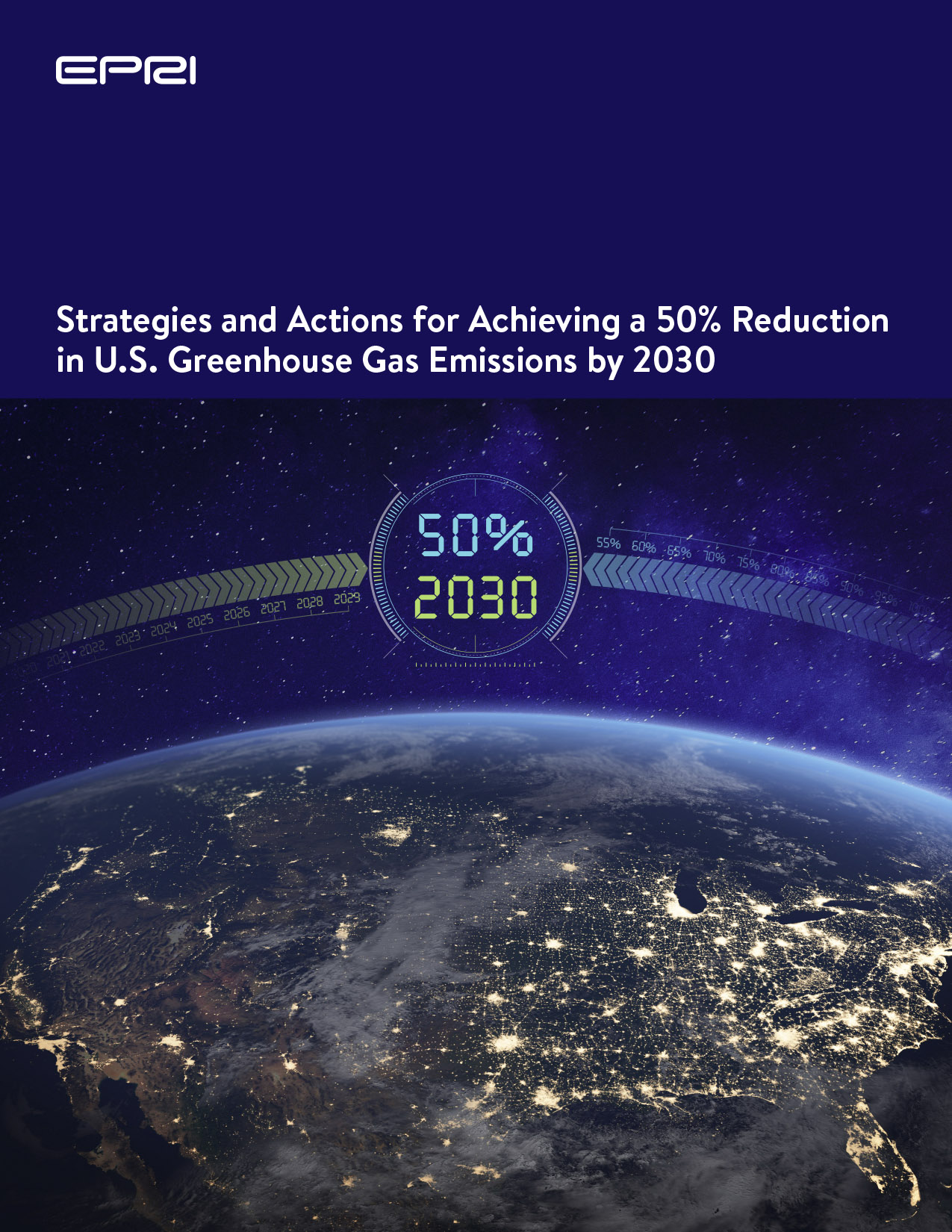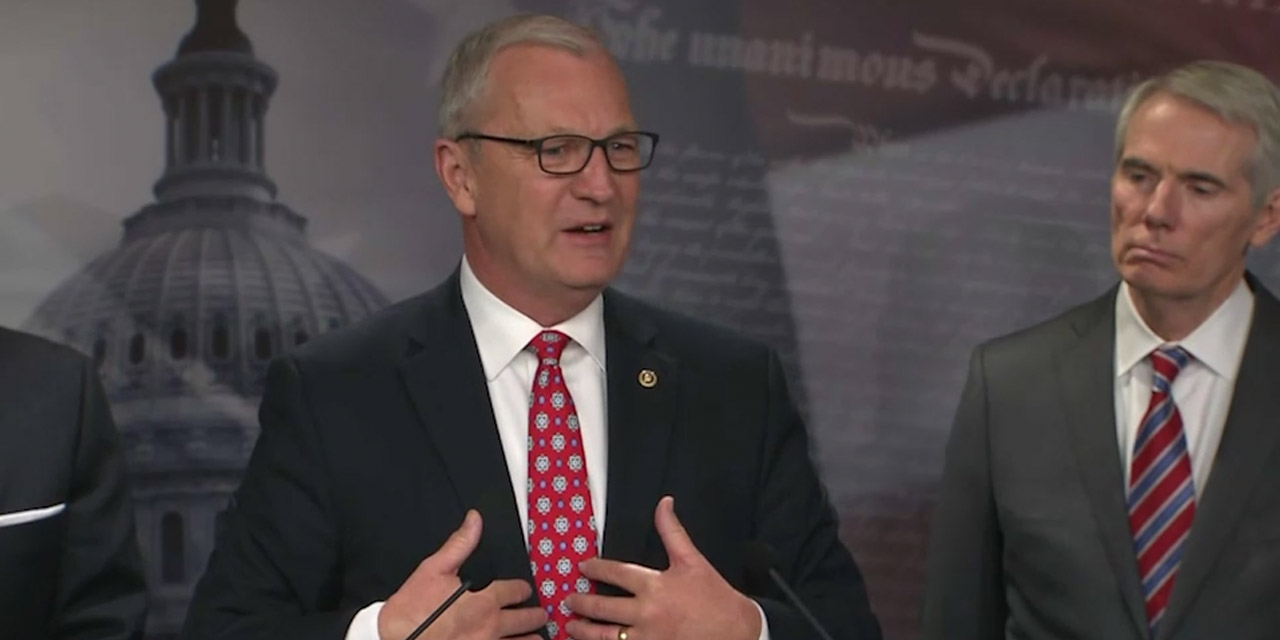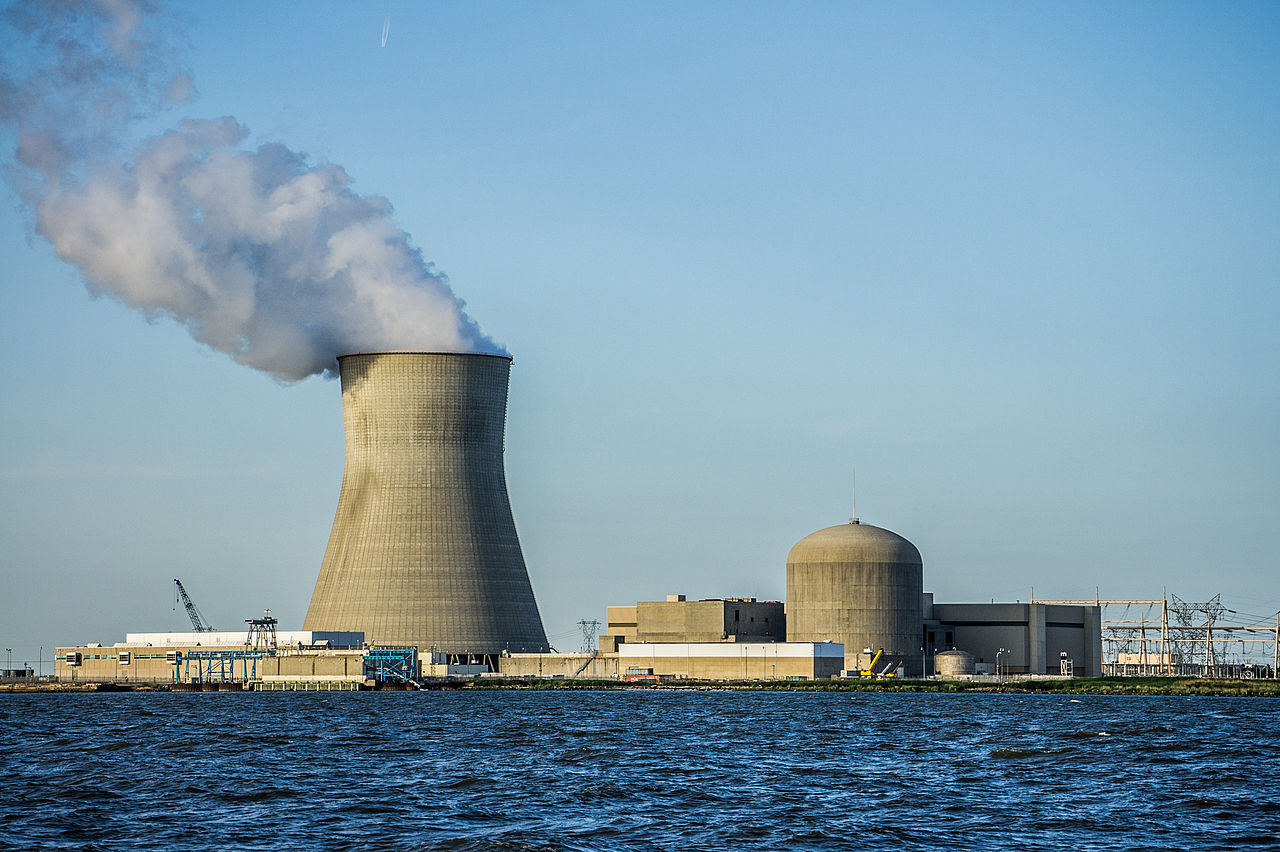Canadian provinces release strategic plan for SMRs
 The governments of four Canadian provinces—Ontario, New Brunswick, Saskatchewan, and Alberta—have published a plan outlining the path forward for the advancement of small modular reactors, which could provide the nation with safe, reliable, and zero-emissions energy and create new export opportunities.
The governments of four Canadian provinces—Ontario, New Brunswick, Saskatchewan, and Alberta—have published a plan outlining the path forward for the advancement of small modular reactors, which could provide the nation with safe, reliable, and zero-emissions energy and create new export opportunities.
The 60-page document, A Strategic Plan for the Deployment of Small Modular Reactors, builds on an SMR feasibility study conducted under a memorandum of understanding signed in 2019 by the premiers of Ontario, New Brunswick, and Saskatchewan and in 2021 by the premier of Alberta. Prepared by Ontario Power Generation, Bruce Power, New Brunswick Power, and SaskPower, the study concluded that SMR development would support domestic energy needs, curb greenhouse gas emissions, and position Canada as a global leader in clean technologies and the fight against climate change.



 In April, President Biden announced a new U.S. climate target: a 50–52 percent reduction in greenhouse gas emissions below 2005 levels by 2030. It’s an ambitious goal, and one that’s right up there with recent climate declarations from Canada, the European Union, and the United Kingdom. It’s also one that, according to
In April, President Biden announced a new U.S. climate target: a 50–52 percent reduction in greenhouse gas emissions below 2005 levels by 2030. It’s an ambitious goal, and one that’s right up there with recent climate declarations from Canada, the European Union, and the United Kingdom. It’s also one that, according to 
